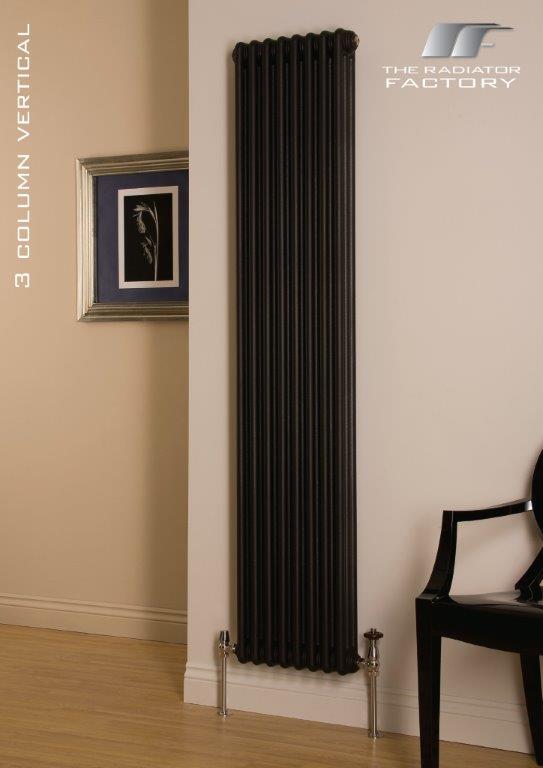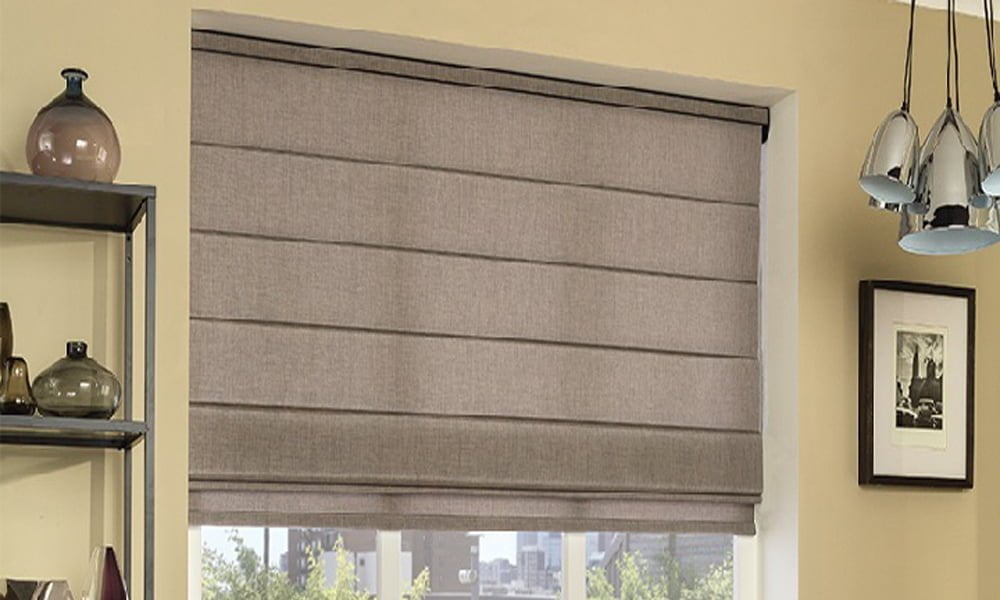The design possibilities have been unlimited since the realm of home heating began to make its way into the interior sector. Choosing between a classic column radiator, a panel radiator, and a designer radiator can be a difficult task with so many various sizes, shapes, and colors to consider. So, to assist you choose the perfect style for your home, people looking at old designs to discover if classic column radiators are more efficient than their standard panel equivalents. The battle between column and panel radiators is on. column radiators are commonly utilized in big open rooms, such as a kitchen/dining area, where a considerable heat output is required to adequately heat both areas. These 5 column radiators come in a variety of finishes, including white, bare metal, anthracite, and a variety of colors to complement your home’s decor.
What Are Column Radiators and How Do They Work?
Column radiators, like other central heating radiators, have hot water flowing through them, heating the columns and the air around them. As the air warms, it rises and is replaced by cool air, forming a convection current that distributes heat throughout the room. Column radiators are particularly good at heating the air around them because they have a higher surface area and more space between each column. Standard single or double panel radiators (convector radiators) contain a solid steel front panel and one or two sets of convector fins attached to the back of the radiator. This means that heat is delivered into the convector as hot water enters a panel radiator.
As hot water enters a panel radiator, heat is transferred to the convector fins, which help to increase surface area and circulate warm air around the room via convection currents. So far, everything has gone well. The issue is that the heat transmitted into the convector fins is essentially wasted.Column radiators don’t need to heat up any additional metal elements to complete their work.The column radiator, on the other hand, looks like a giant set of convector fins.
How can column radiators be more energy efficient if their BTU output is lower, and BTUs are the unit of measurement for radiator efficiency? The solution is related to the radiator’s form, which we discussed earlier. Although convector radiators heat the space faster than column radiators, they are less efficient in circulating the heat. So, even if the BTUs are smaller, you could argue that a column radiator would make the room hotter because heat is transferred further and faster. However, a number of other factors, such as how well insulated your external walls are and whether or not you have furniture blocking the radiator, could play a role. To make your heating system more efficient and cost-effective, specialists recommend adding thermostatic radiator valves.





